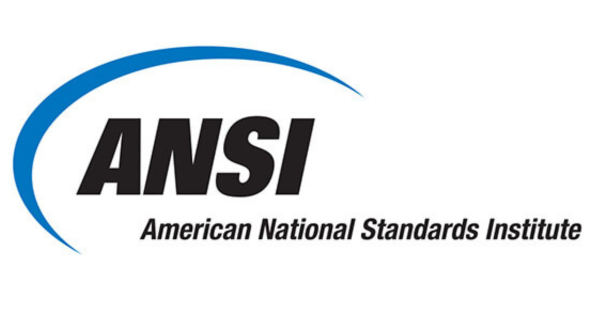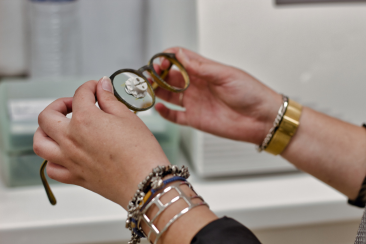What Are ANSI Standards?

We've all committed to it, and the majority are sticking to it: "No lenses outside of ANSI Standards." As an industry, we rely on ANSI to define what's acceptable and what's not. If a pair of lenses meets ANSI Standards after being fitted into the frame, we can be confident that the patient will receive functional glasses.
But how did ANSI become our go-to standard?
Back in 1918, ANSI was initially known as the American Engineering Standards Committee was founded. Starting as a small group aiming to establish voluntary consensus standards for products, services, processes, and systems, it has since grown into a global standards board.
Based in Washington DC, ANSI is a private nonprofit organization with members from both the private and government sectors, representing the interests of over 270,000 companies and organizations and 30 million professionals worldwide. With more than 100,000 recognized standards in the US and over 13,000 approved American National Standards, ANSI plays a crucial role in setting industry benchmarks.
It wasn't until 1964 that the ANSI Z80.1 Standard was introduced, defining standards for ophthalmic lenses. Initially focused on glass lenses, the standard has since evolved to encompass all modern materials.
Initially focused on glass lenses, the standard has since evolved to encompass all modern materials.
It's important to note that Z80.1 is a voluntary industry standard and not regulated by the Federal Government or OSHA, unlike the safety standards of Z87, which are overseen by OSHA.
Fast forward to today, and there are at least 18 member organizations in our industry with voting rights. With a diverse range of participants, including the FDA, The Vision Council, and The National Association of Optometrists and Opticians, over 150 individuals actively contribute to ANSI's standards-setting process (our very own Director of Operations, Scott Latimer, is part of The Vision Council's Lab Division).
What Makes ANSI Standards Work?
An ANSI committee made up of industry professionals ensures that standards are established based on common sense and feedback from various stakeholders in the industry. By considering the needs of patients and the constraints of equipment and processes, these standards aim to benefit end-users while supporting  the financial strength of the industry.
the financial strength of the industry.
Opticians and optometrists may advocate for higher limits, while lab professionals may lean towards accommodating equipment limitations. While tighter standards may be possible with enhanced equipment, the associated costs would rise. By bringing together industry experts from equipment manufacturers to ODs, ANSI ensures that standards strike a balance between user satisfaction and industry sustainability.
We all strive for perfection with every job, but let's face it, that's a lofty goal. Thanks to ANSI Standards, you can trust that your patient will get prescription lenses that meet the necessary criteria, work effectively, and are processed efficiently and affordably. The collaborative effort of industry pros crafting these standards ensures a bright future ahead.

